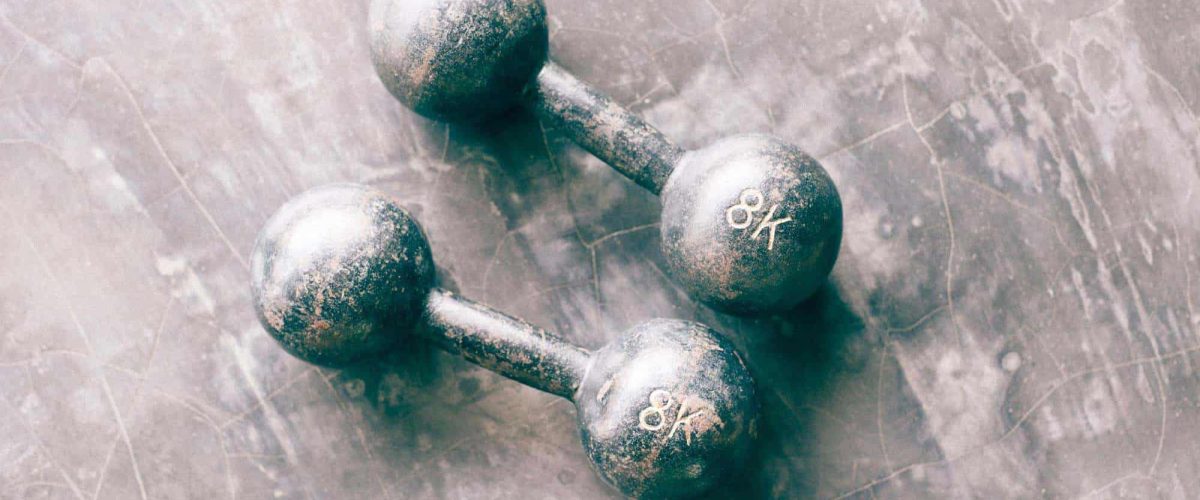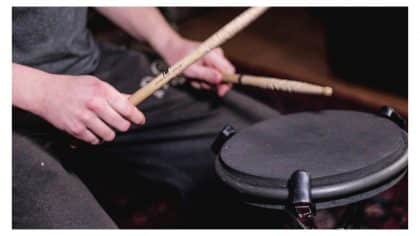Improve Your Drumming Technique
The most effective guide to perfecting drumming technique
Are you eager to improve your drumming skills? Good technique is the foundation for every musician, and it’s absolutely essential to enhance your abilities and avoid issues. This piece, part of the ‘Beginner’s Guide To Learning The Drums’ series, offers the basic, straightforward advice you need to start making progress right away.

Daily Exercises
Many exercises are essential to gain a proper technique. Once you master these exercises, you’ll be able to play almost anything. That sounds like a grand statement – but don’t underestimate the word ‘master’!
If you work enough, you’ll be able to look at a section of music, or listen to a song and be able to work out what’s happening in the drum pattern. For each exercise, there is a specific way to practice it. Your practice is only as good as your form while you practice. So be disciplined about it, because practising exercises wrong is a complete waste of time! We have two key exercise categories that will help you; Rudiments, to be played on just one practice pad, or drum, and Exercises around the Drums to get you moving around the kit.

1. Rudiments
Rudiments are those things that all drummers love to hate. When I grew up, all I wanted to do was tear round the drums as loud and as fast as possible. So what happens when a child becomes a professional drummer? Why do they suddenly forget their hatred for rudiments and enforce it on their students? Because rudiments are the key to control of your drum sticks and playing fast, which is ultimately what we all want to do as drummers!
Also, they can be played almost anywhere on a practice pad and with a pair of sticks. As you will just be hearing the quiet ‘tap’ on a rubber pad, it’ll be obvious to you if there are any discrepancies in your playing. You have to judge whether or not you are playing something evenly and correctly. If not, do not pass go. Do not collect £200.

If you have an electric kit, you can just practise on the snare drum pad but you don’t need to even turn on the kit.
Rudiments are about the control in your Fingers and Hands. Once you have gained control here, it’ll be much easier to translate this to the whole drum kit.
Also, they can be really good if you’ve only got a spare five minutes to do a bit of practice. Concentrate on just doing one exercise or rudiment constantly for that five minutes a few times a day/week/month (depending on how much time you can afford).
All of those ‘spare’ 5 minutes will add up to progress. Try and keep most of the practising at a speed that’s not too easy for yourself, but just under that speed that you know if you go any faster, it’ll probably go wrong.
2. Patterns to practice
Again, there are whole books and millions of videos on rudiments and what to practice, but some good ones to get you started are the following patterns:
(R = right hand stroke, L = left hand stroke). Always try and keep them nice and even so if you closed your eyes you shouldn’t be able to tell which hand is playing.
Singles:
R L R L R L R L etc.
Doubles:
R R L L R R L L etc.
Paradiddles:
R L R R L R L L etc.
3. Whole drum kit exercises
Of course, we need to now translate these exercises to the whole drum kit. Explore making up your own patterns – you can work on your hands moving around the drums by, say, playing 4 notes on the snare, then 4 on each tom going round the kit (alternating between different sticking patterns shown above.) Also, try incorporating your feet into the patterns too. Either by keeping a constant whole note pattern on the bass drum while your hands play the rudiments above, or even playing your rudiments between your feet while your hands take a break.
About the Author
Robert Emery
Robert Emery is Founder & CEO of Ted's List. He has performed all around the world as a conductor and pianist. From Sydney Opera House to the Royal Albert Hall, Robert has enjoyed bouncing around on stage in most of the major venues in the world. As a record producer, he has worked on fifteen No 1 albums, and hopes he can get to sixteen asap!
The Times called him 'the eccentric barefooted maestro' and the Mail quoted that 'the assured baton was controlled by the rather energetic and brilliant conductor'.
Robert has a wife (Mrs. E), two children (Master T and Master A) and four cats (Merlin, Mulberry, Partridge & Penguin). Between performing, producing, composing and running Ted's List, he runs an entertainment business called The Arts Group, comprising of a symphony orchestra, choir, live event production house, digital TV company and artist agency. Any spare time is usually devoted to sleep.
Other posts by this author
Improve Your Drumming Technique - Summary
Drumming is about control of your sticks and your body. If you start slow and steady, you will find you can start playing fast and impressively relatively quickly. If you try and cut corners, ultimately it will sound like a mess and you will keep hitting a brick wall with how fast/under control you can go.
Unless you can pay a teacher to be with you 24/7 to supervise every time the mood takes you to practise (I wish!) then it’s up to YOU to decide if you are doing good practice. I know – believe me, I know – it’s so tempting to try to go too fast too early, but the phrases ‘walk before you can run’ and ‘slow and steady wins the race’ are cliches for a reason.
But don’t worry – it won’t take you long to get up and rocking!
What Are You Losing out on?
Did you miss out last Friday? It only happens once per week, and unless you’re registered, you’ll not discover the amazing stuff I’ve found for you this week.
Every Friday, I’ll deliver a brief email in order to treat you to a few of the excellent items that I’ve recently uncovered.
Tunes. Musicians. Products. Musical instruments.
Touring the earth being a music performer means I get to experience stuff you wouldn’t believe, and sharing it to you will make a fabulous finish to your week. Subscribe totally free down below.
Read the next post in this series:




